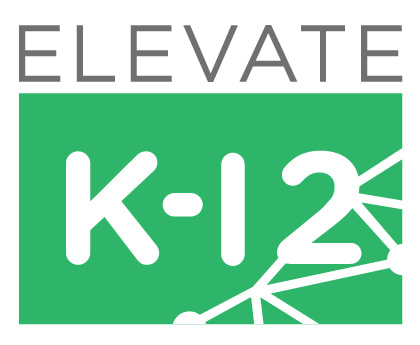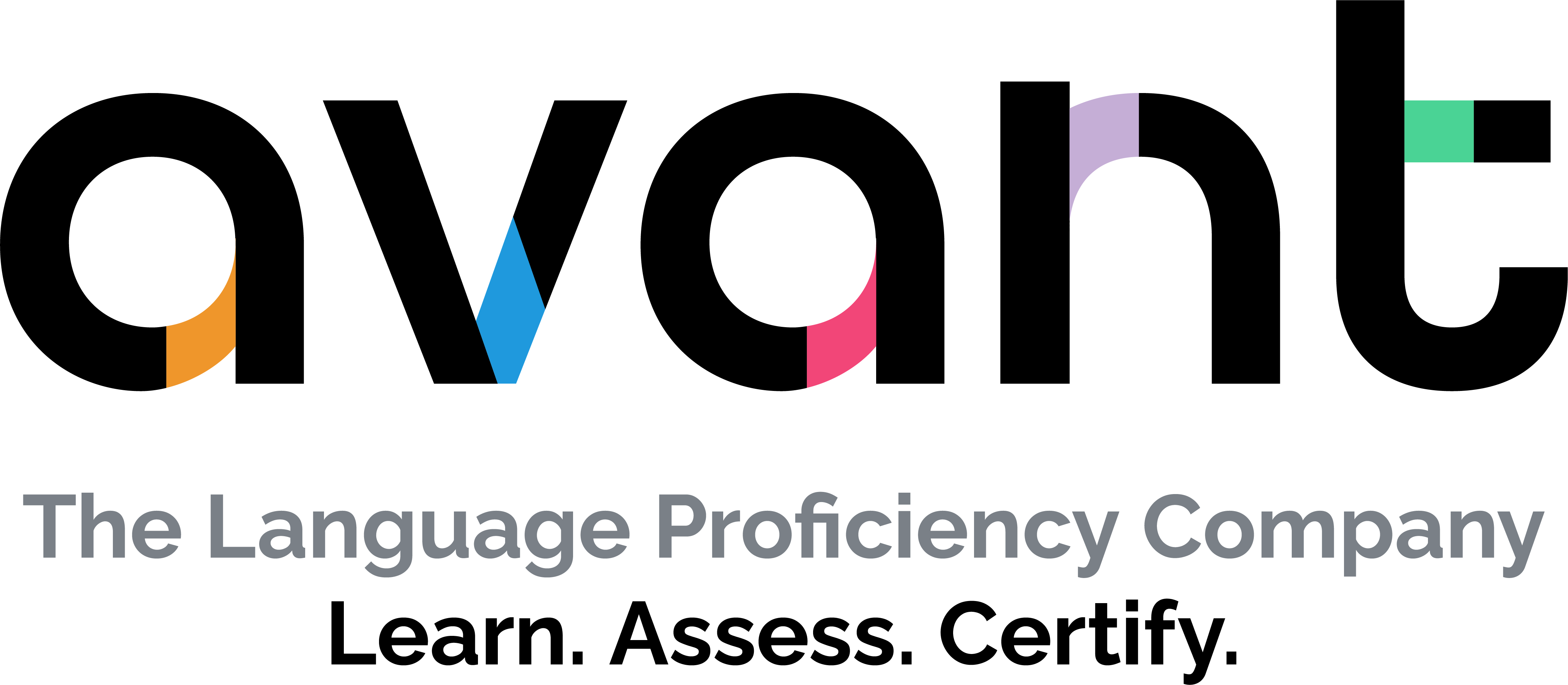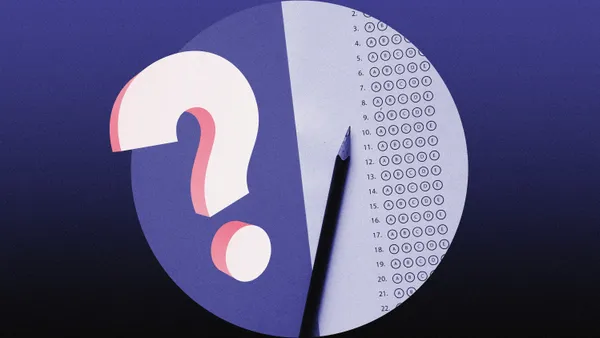Dive Brief:
- As math and reading scores on the National Assessment of Educational Progress scores continue to slide, some experts have cited a lack of building blocks and gaps in teacher preparation as among root causes.
- While educators should always focus on foundational understanding, math education in particular has been hurt by a lack of training in how students learn math conceptually and fewer certified teachers in classrooms over the past 10 years, said Latrenda Knighten, president of the National Council of Teachers of Mathematics.
- Professional development opportunities are shrinking, as are funds to support instructional coach roles in schools, Knighten said. Whether educators serve as instructional coaches full-time or part-time, the support they provide to other teachers on site is vital — particularly at the elementary school level and in math overall, she said.
Dive Insight:
“As districts and schools lose funding for those professional learning opportunities, we don't have that ongoing professional development for teachers so that they have that deep understanding of the math concepts,” Knighten said.
While computerized programs are becoming more prevalent as instructional tools for students, the former mathematics curriculum specialist in Baton Rouge, Louisiana, said they should be used to augment — not replace — student time with educators. Those student-teacher connections, she said, provide the kind of learning experiences that can ensure students have a deeper understanding of math at a conceptual level, whereas memorization doesn’t lead to fluency.
“Even if I'm given numbers that, to me, might be a little bit intimidating because they're too large, I can decompose those numbers into smaller numbers, because I have an understanding of what I'm being asked to do,” Knighten said. “And I can do that every time, any time, and I don't have to memorize any procedure or fact to do that.”
NCTM provides free resources including webinars on its website that educators can access. The goal, Knighten said, is to ensure educators can help students learn how to break apart a mathematical question and think through it themselves.
“We have to get over that hump so they’re able to analyze it, interpret it, and answer questions about data or a graph or a chart,” Knighten said. ”That’s the big one.”












